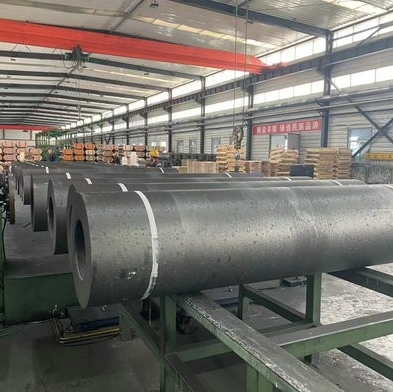
Graphite has a high level of strength, toughness and natural lubricity. It's also highly resistant to chemical degrading and thermally stable.
Researchers studied the material transfer phenomenon occurring in a friction pair of a steel pin cooperating with an expanded graphite ring. They tested the impact of the initial roughness of the pin surface, which was divided into three groups.

Graphite's excellent strength-to weight ratio is the reason it's so popular for a multitude of products. These include fishing rods as well as pool cues. Graphite is also found in the brushes used for electric motors.
Natural graphite can be divided into 3 subcategories - amorphous (flake), high crystalline and flake. It is often impregnated with a resin or phosphate for specific properties such as lubricity or thermal conductivity. Graphite can be used as a thermal and electric conductor.
Graphite maintains its structural integrity when under extreme pressure. It does not react with most chemicals, except strong oxidizing acid such as Aqua Regia (nitrohydrochloric Acid) and liquid oxygen. Graphite has a large variety of shapes including spheres, sheets, tubes with tapered ends, and molded shapes.
Graphite remains strong and durable even when exposed to harsh conditions. It resists abrasions, rapid changes in temperature and does not oxide. Its durability makes it an ideal material for electrical conductors, lubricants, and refractory.
This impregnation can be used on metal surfaces as a way to reduce corrosion and rust. In the light-industry, it is used as a burnishing material for paper and glass. Graphite may be added to friction materials, such as brake linings, mining foils and antistatic or conductive surfaces.
Graphite bars can handle large temperature changes and thermal shock that occurs when molten metals is cast. Graphite rods are also an alternative to bricks made of carbon-magnesite for lining electric arc and steel converters.
Graphite can withstand a range of corrosive and chemically unstable chemicals. Graphite can be used to enhance heat treatment processes under vacuum and in inert conditions. This material can also be used to lubricate machinery that rolls or continuously and is an insulator within nuclear reactors. Flake graphite can be used as moderator to lithium-ion vehicles.
During the production of carbon graphite, manufacturers will then form this material into the shape that is required by the customer using one of several methods, such as iso-molding or rod extrusion. Then, the graphite can be impregnated with different materials to give it unique characteristics.
Important to know, as this could affect the way graphite performs in your application. Depending on how rough the initial steel surface is, studies show the graphite will react differently with it.
Graphite may not be as resistant as steel to fluids of high temperature, but after being coated with aluminum phosphates it will become more durable and less susceptible to wear (as a result of oxidation). This technique is used to coat graphite articles that will be exposed to molten metals, reducing maintenance costs and downtime in the furnaces.
This graphite is coated with a lubricant that has excellent properties to reduce friction. Material such as this is suitable for electronic sensors, power cables, feed throughs, motor brushes or any other application that requires a metal conductor with low friction. Organic non-asbestos materials are also made from it. It is an expanding market, particularly for new electric vehicles that must be able brake quickly and safely.
Graphite, unlike other materials, has a relatively low thermal expansion coefficient. This allows it to withstand temperatures that are extreme without much expansion, making it useful in industries like acid-base and petrochemical synthesis where heat is involved.
After being molded, graphite must be baked in an environment without oxygen. This will carbonize the binder into a durable carbon graphite. The process is closely monitored and controlled to make sure that the graphite performs as it should in its intended application.
A study [1] on a pair of ring-pins showed that initial surface roughness of steel interacting with expanded graphite affected the formation of sliding layer. The initial roughness will determine how quickly the layer will develop and how smooth the steel surface is after testing.

Write a Message